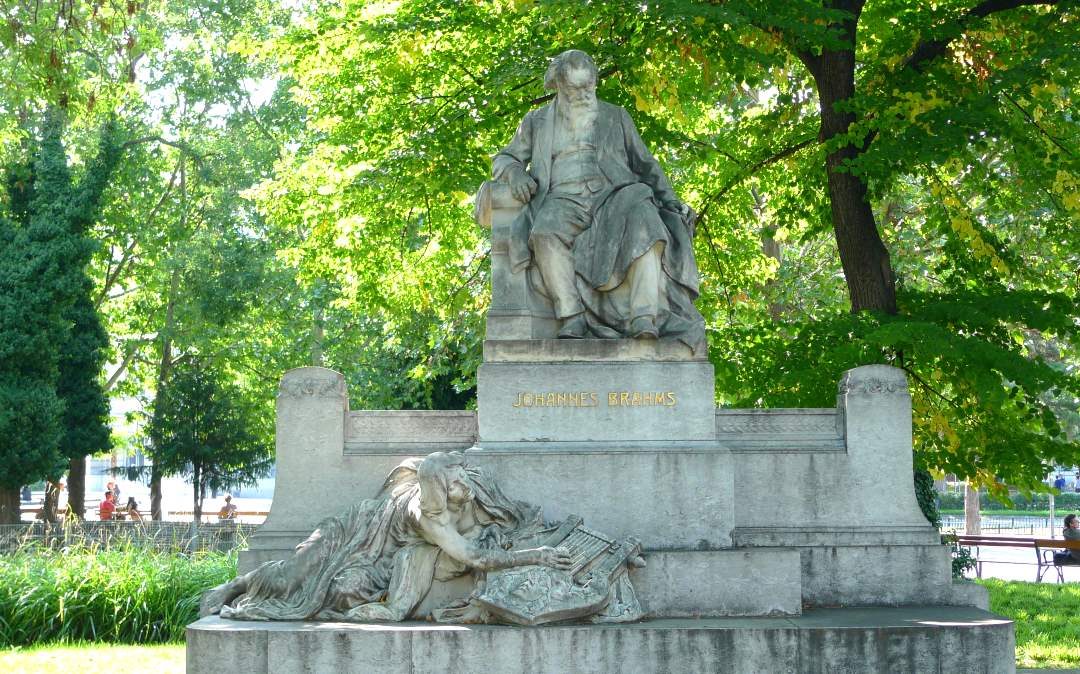Johannes Brahms wrote his Symphony No. 3 in F Major in 1883 at the age of 50. It is the shortest of his four symphonies, written six years after his Second Symphony, in D Major. During this period Brahms was anything but idle; in fact, these six years were some of the most prolific years in symphonic composition of his life. Masterworks like his Academic Festival Overture, Tragic Overture, Piano Concerto No. 2 and the Violin Concerto were all created in between his two middle symphonies.
Brahms’ orchestral forces for his symphonies are actually quite modest in comparison to the ones that are used in other romantic compositions from this period. In this F Major symphony, he uses 2 flutes, 2 oboes, 2 clarinets, 2 bassoons and 1 contrabassoon for the woodwind section. Besides the usual string section, the brass and percussion have 4 horns, 2 trumpets, 3 trombones and timpani, and are used rather sparingly throughout the entire work.
Many people consider this symphony to be rather “pastoral,” given the key for the work and the two lovely and lyrical center movements; yet the outer movements provide insights that the symphony is anything but “tranquil.” The symphony’s first movement, for instance, is well known for its rhythmic juxtapositions. Written in 6/4, it is filled with syncopations, hemiolas and strong accents, which purposefully and successfully blur the bar lines and create illusions to the regular meter, leaving listeners with a sense of instability. At the same time, the key of the first movement constantly straddles between F Major and f minor. Both conflicts in rhythm and tonality don’t seem to settle until the end of the movement.
On the other hand, even though the last movement is seemingly more stable rhythmically, its tonality remains largely in f minor. Not until the last 43 bars of the work does it settle into the home key of F Major. Regardless of how listeners may perceive the moods of the work, the one thing that will give us the feeling of completion is that the opening theme in the first movement, first in f minor, returns at the very end of the fourth movement in F Major.
Symphony No. 3 in F Major
Op. 90
Composed in 1883
By Johannes Brahms






